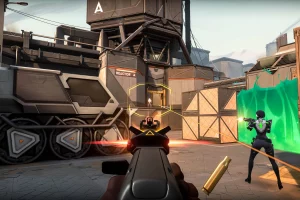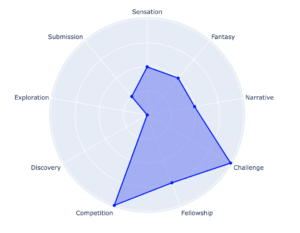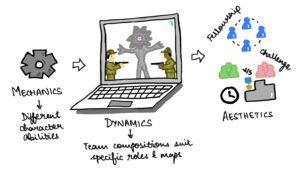Valorant is a 5v5 tactical first-person shooter (FPS) game by Riot Games. Players play as agents with unique abilities, combining FPS mechanics with strategy in team compositions. Teams play in each of two roles: attackers, whose goal is to plant a spike in a designated planting region; and defenders, who have to prevent the attackers from planting, or defuse the spike after planting in a given time span. Either team can also win by eliminating all players of the other team (though the defenders need to defuse the spike if it has been planted, so they need to eliminate the attackers while leaving enough time for the defusal).
Since Valorant is an FPS at its core, it has the standard mechanics of navigation (walk / run, crouch, jump), using weapons (shooting a gun, using a scope, two melee attacks, switching between weapons), and planting / defusing the spike. Additionally, different agents have different special abilities. Some of these are familiar FPS mechanics: mollies (incendiaries that detonate and deal damage to the health / speed of all enemies in the affected region), smokes (hemispherical vision-blocking clouds that players can walk through but not see inside or through), and blinds (abilities that temporarily limit the vision of all enemies in their line of sight).
The game also introduces new abilities like deployable walls that cordon off an area, automatic turrets, or arrows that act as a radar for enemies. Each agent has four abilities; three of these can be bought using a currency earned in-game, and the fourth is an ultimate ability unlocked using ult points that typically takes several rounds to accumulate.
Teams play 24 rounds, 12 each as attackers and defenders, and the first team to win 13 rounds wins (with a two-round overtime tie-breaker for ranked games that end in 12-to-12 scores). In each round, the attackers have 100 seconds to plant the spike, after which the defenders have 40 seconds to defuse it.


I particularly enjoy how the distinct abilities that different agents have creates a dynamic of different team compositions being better suited to attack / defense on a given map. This adds an element of strategizing around which agents each player in a team should pick for a given map, and creates fun on the axes of challenge and fellowship.




